Dutch Filmmaker From Penang Turns Historical Shipwreck Artefacts Into Jewellery
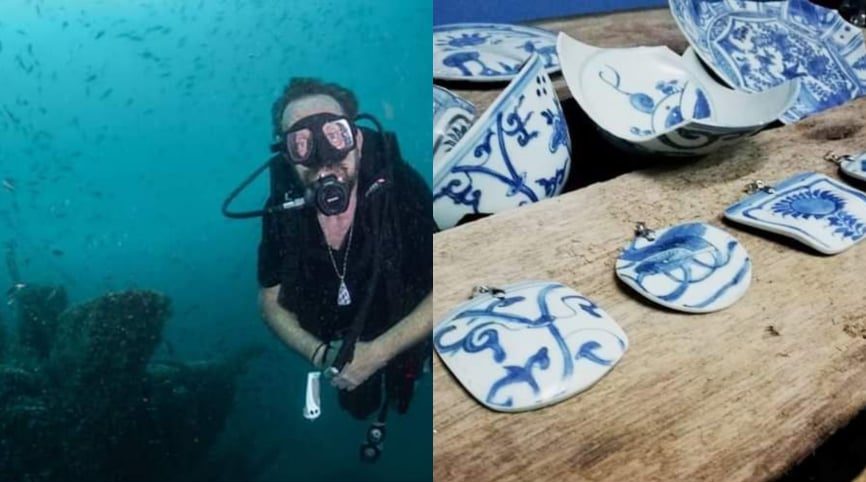 Thirsty for JUICE content? Quench your cravings on our Instagram, TikTok and WhatsApp
Thirsty for JUICE content? Quench your cravings on our Instagram, TikTok and WhatsApp
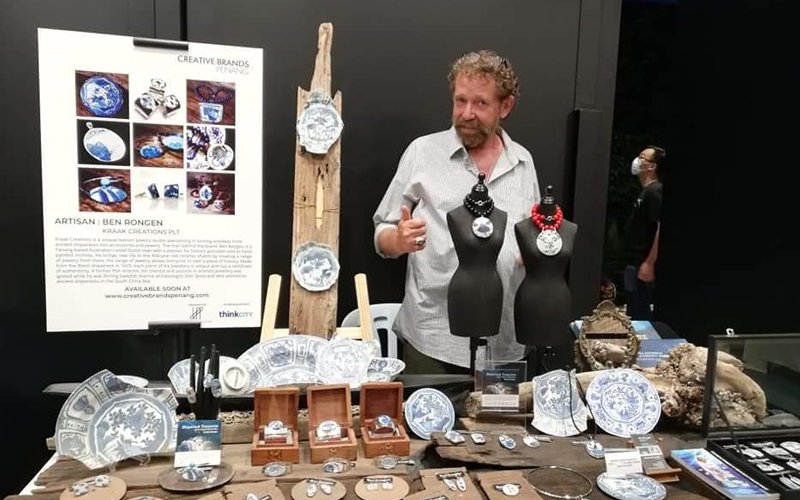
Rarely does one get to live their own Indiana Jones or Uncharted-esque fantasy, but for 65-year-old filmmaker Ben Rongen, that adventure-filled fantasy became a reality.
In a once-in-a-lifetime moment, Rongen got to watch 400-year-old artefacts slowly being brought up from the depths of the ocean right before his eyes, FMT wrote.
Rongen told FMT that he was raised in Australia, but first came to Malaysia in 1994 and ran a successful production house for 15 years. His normal workday included producing corporate documentaries and television commercials and programmes.
“But I was slowly yearning to break out from the usual work. I wanted to document a more fascinating subject, especially on history,” he told the news site.
That led him to meet the famed Swedish marine archaeologist, Sten Sjostrand, who worked on ancient shipwrecks in the South China Sea.
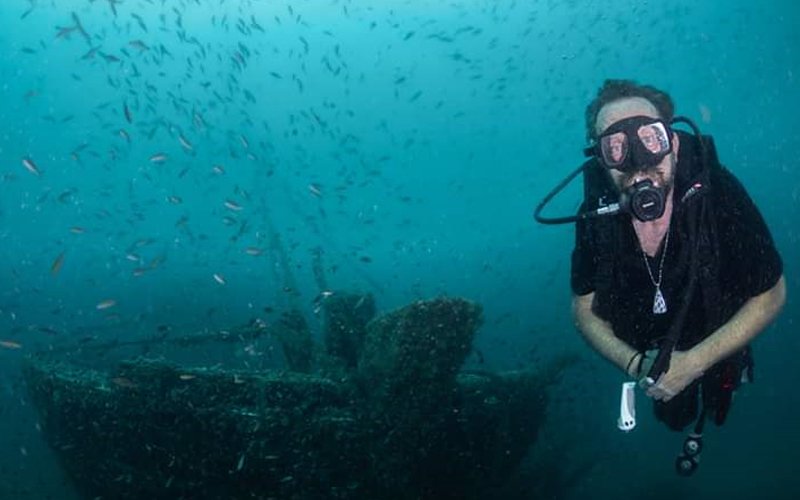
“When I approached him, he had already discovered seven other shipwrecks on the East Coast of Malaysia while working together with the National Museum of Malaysia,” he said.
In 2002, Rongen went on an exciting new adventure with Sjostrand and his bold crew to document their journey and six months into the documentary, something extraordinary happened.
Sjostrand and his team found another shipwreck, located near Pulau Tenggol in Terengganu that turned out to be a Portuguese ship from 1625 that carried blue and white ceramic from the late Ming Dynasty.
Rongen told FMT that the team thinks the ship was shot down by the Dutch who were fighting the Portuguese over Malacca in the 1600s. This was their attempt to bring down as many Portuguese ships travelling from China so they’re discouraged to pursue Malacca.
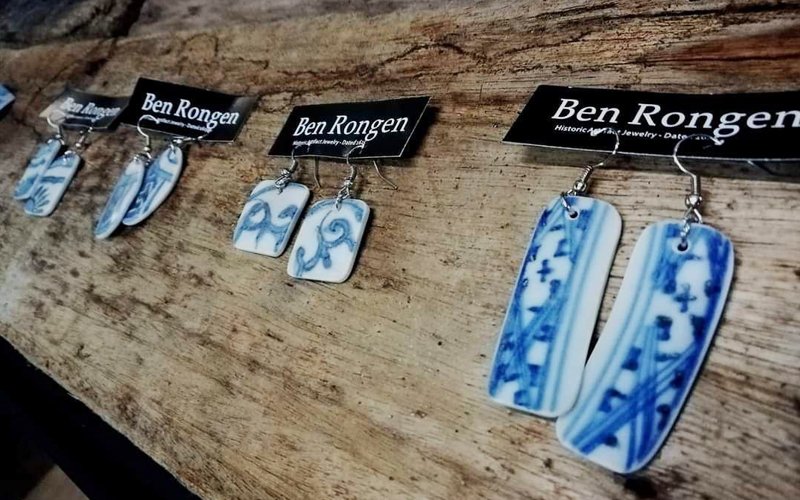
The blue and white ceramic from the Wanli shipwreck (named after Emperor Wanli who ruled China from 1573 to 1620) was known as Kraak porcelain. The word derived from the Portuguese carracks that transported cargo like ceramics that was specifically exported for the European market.
He said the crew hauled over 9,000 kg of broken ceramic and spent three years excavating the ship. “Once all the artefacts were in the warehouse, there were still 4,000 kilos left of broken ceramic pieces,” Rogen says.
Caught up with how beautiful the ceramic shards were, it gave him an idea that these pieces of history would make beautiful pieces of jewellery. Rogen then opened up a jewellery store called Kraak Creations.
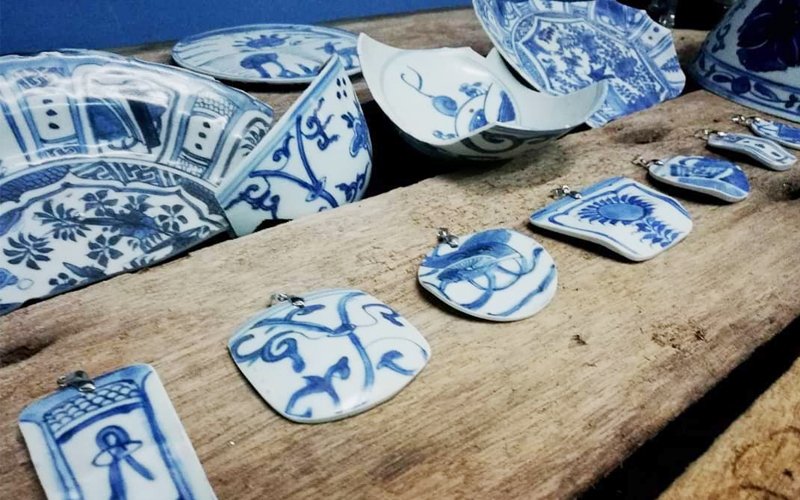
He transforms the ceramic shards into cufflinks, earrings, pendants and bracelets. The non-silver jewellery line of pendants and earrings start from RM100 and above, while the bigger and rarer the pieces of the cut would cost RM1,000 a piece. These are often used in fashion shows, he explained.
Ceramics with a touch of silver would start from RM200 and some of the more exquisite pieces are priced at RM1,500. Each of them comes with a certificate of authenticity, a serial number and a money-back guarantee.
“I believe that everyone can own a piece of history with this jewellery. It doesn’t matter if it’s a pair of earrings or cufflinks – the beautiful blue and white ceramics have a tale to tell,” he said.
Visit Kraak Creations on Facebook for more information and updates.


 Get Audio+
Get Audio+ Hot FM
Hot FM Kool 101
Kool 101 Eight FM
Eight FM Fly FM
Fly FM Molek FM
Molek FM

